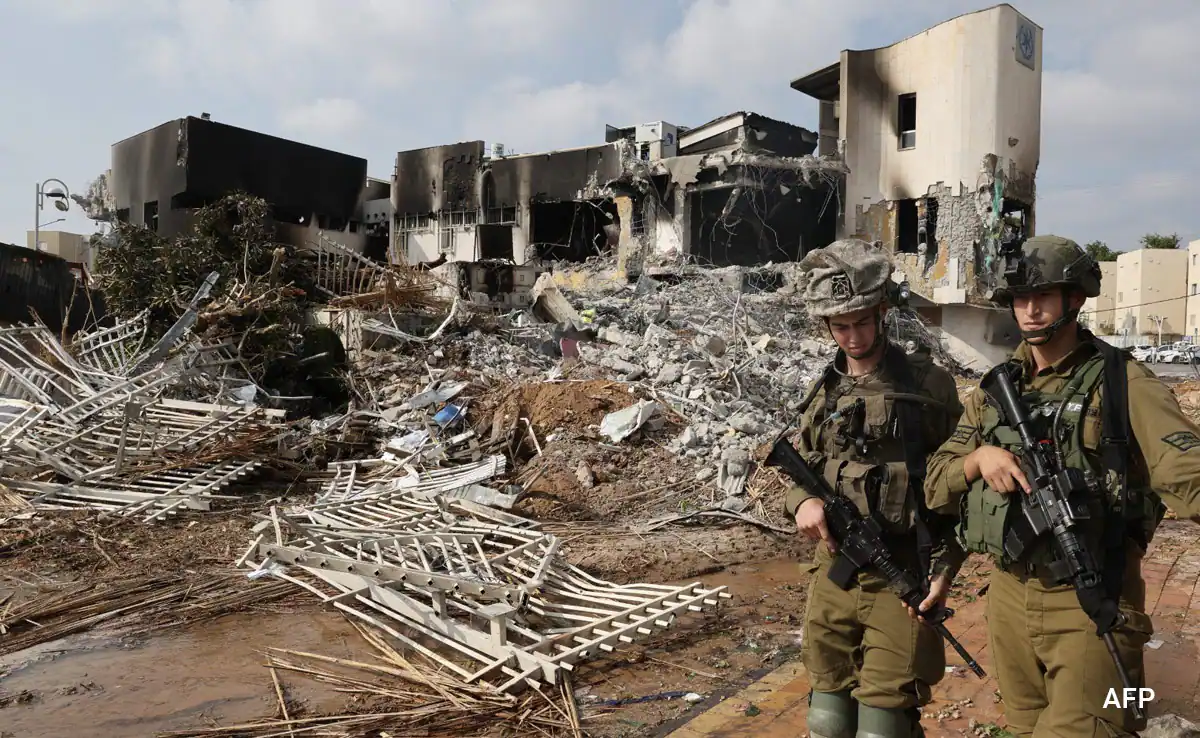Crypto mining has been hit severely by the digital asset market crash.

The digital asset decline this year is putting a significant strain on the cryptocurrency mining industry, as the high cost of electricity and the stagnating price of coins are bringing more and more enterprises to the brink of insolvency.
Core Scientific, which is traded on the Nasdaq, issued a warning last week that it may seek bankruptcy protection because it expects to run out of money by the end of the year. On Monday, Argo Blockchain, a company listed in London, expressed similar pessimism, warning it would be forced to shut down if a crucial fundraising effort failed.
These cautions arrived on the heels of a bankruptcy filing by US-based data center services provider Computer North, which owed up to $500mn and blamed the current market climate for its demise.
These miners’ precarious financial conditions demonstrate how the recent price drop of major cryptocurrencies like bitcoin has already begun to affect the industry that generates and verifies this currency and transactions.
- Advertisement -
The decline has already claimed some major cryptocurrency companies, including the loan platform Celsius Network and the hedge fund Three Arrows Capital.
Miners are just one part of the ecosystem that has been negatively affected by the crypto winter. Managing Director at Wedbush Securities Dan Ives described the current crypto market situation as “a chain reaction” as the “long frigid crypto winter” continues.
As leading token prices have remained relatively stable since June, analysts and executives in the industry have begun to question the long-term viability of mining. Since its late 2017 high of nearly $70,000, Bitcoin has hardly ever traded for more than $21,000.
Bitcoin and other “proof of work” tokens would not function without the efforts of miners. In a system that does not rely on intermediaries like banks or exchanges, these individuals check the validity of new blocks on blockchains, thereby playing the function of a trusty guarantor for transactions. Miners receive newly created tokens as payment for their efforts. Recently, Ether, the second largest cryptocurrency in the world, made the switch away from a mining-based structure.
The steadily increasing value of coins attracted a large number of miners. Before the bitcoin price crisis of 2021, businesses were investing heavily in mining hardware including powerful yet energy-hungry computers. In the first three months of 2022, Hut 8, a mining company, increased its capacity by roughly a third by adding 9,592 mining machines.
Since the additional mining capability entered the market at the same time that the price dropped, miners are now competing more fiercely for the token. Hashrate Index reports that in the past year, Bitcoin’s total hash rate—the computer power dedicated to mining—has climbed by 57%, reaching a new all-time high of 260 exahash (or quintillion) operations per second.
However, many miners’ dreams have been dashed by the unexpectedly high cost of energy. Bitcoin is the reward for solving difficult mathematical puzzles, and miners compete to be the first to do it. No of who gets the bitcoin first, the miners put in a lot of effort. Argo has acknowledged that the energy costs at its Texas operation were nearly three times the national average for the month of August.
The potential for nationwide power outages in the United States has made the situation worse. Texas companies Argo, Core Scientific, and Riot Blockchain reduced their activities in July due to rising energy consumption.











